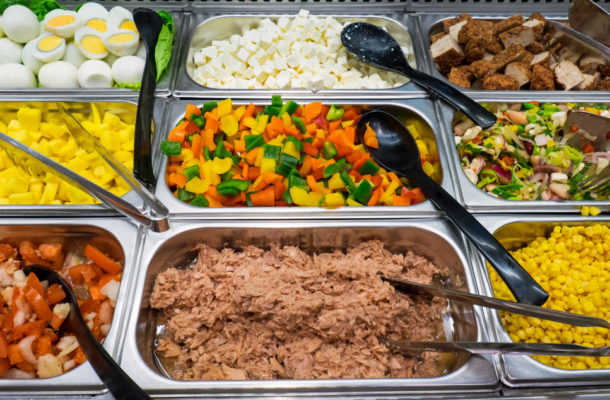The 16th of October is every year celebrated as the World Food Day, yet over 821 million people in the world are malnourished (United Nations Environment Program, 2018).
We see millions of families, work places, schools, restaurants and food marts that waste food on a regular basis.
We are talking about whole, raw, or processed foods thrown away for a “lack” of consumers or expiration of products.
According to the Global Food Security, over 5.6 million people in the United Kingdom live in poverty and cannot afford basic food, yet 15 million tonnes of food go to waste annually. Food loss and food waste both cause problems in both developed and under developed countries. Let’s define:
Food waste and food loss refer to the decrease of food in subsequent stages of the food supply chain intended for human consumption (Food and Agriculture Organization, 2018). Food waste and food loss are sometimes unintentional. Examples of food waste are:
- Dishing out excess food beyond ones capacity to finish.
- Buying unnecessary food items from the market.
Examples of food loss:
- Fruits that fall off a moving truck
- Expiration of food products
- Up to one-third (1.3 billion tonnes) of all food is spoiled before it is consumed by people (FAO, 2018).
- Food loss represents a waste of resources used in production such as land, water, energy and inputs. Also, increasing the greenhouse gas emission in vain (FAO, 2011).
- A survey carried out in Ghana put losses of mango at 60%, onions and tomatoes at 13.6% and 30.4% respectively (Global Food Security).
- Food waste and loss amounts to about 310 billion dollars in developing countries (FAO, 2018). The table below shows the results of an analysis on the various categories of food wasted globally and the percentage.
| FOOD | WASTAGE |
| Cereals | 30% |
| Dairy | 20% |
| Fish and sea food | 35% |
| Fruit and vegetable | 45% |
| Meat | 20% |
| Oil seeds and pulses | 20% |
| Roots and tubers | 45% |
Stages food get wasted
From the farm during harvest and storage.
Processing of food.
Distribution.
Consumption.
Difference between “Best before”, “Use by” and “Expiry date”
Best before: This relates to the quality of food, flavor, texture, taste, appearance and nutritional value. It is often used for canned foods or packages containing cooked, smoked, frozen or dried foods. Best before means you should eat before that date but it is still possible to consume briefly after provided you follow the instructions of storage/preservation.
Use by: This is usually used for food products that spoil quickly such as dairy products, chicken, etc., usually perishable goods. It is not advisable to eat after the date specified on the product for “use by.” They might still smell or look good but it could lead to food poisoning.
Expiry date: This is found on food items that perish quickly and those that don’t. It is not safe to consume products past the date on the pack. Most especially, fresh foods, dairy and poultry products that are usually stored in the fridge.
Way Forward
Unpredictable weather patterns are making it difficult for farmers to know exactly when to plant and harvest crops. For the land to be productive and agriculturally sustainable, maintaining and supporting its natural biodiversity is critical.
1. More awareness to the farmers on the best ways to cope with ongoing climatic change while establishing zero waste standard to all waste types by recycling waste into more valuable products.
2. Raise awareness on the adverse effects of the use of pesticides and excess fertilizers on crops, because these goes back to affect the environment in the long run leading to drought, soil erosion, soil infertility and degradation.
3. Get creative in the kitchen. Use left-overs to make a meal instead of disposing off.
4. Shop realistically: Buy only what you need, to avoid discarding food items that have outlived their shelf-life. (shelf life: the period of time during which a material [as a food or drug] may be stored and remain suitable for use).
5. Keep track of expiry dates. If you cannot finish the item before the expiry/use by, give it away to someone in need.
6. Better storage facilities and infrastructure for farmers will reduce food loss.
7. Food marts should give left-overs consumable food to staff at the close of day rather than let it go bad. For products that are about to expire, it should be sold at a cheaper price provided they inform the consumers of this.
Let’s work together to bring about change in order to achieve the second Sustainable Development Goal (SDG) which is ZERO HUNGER!
Credit: Adefolake Adekola


Comments